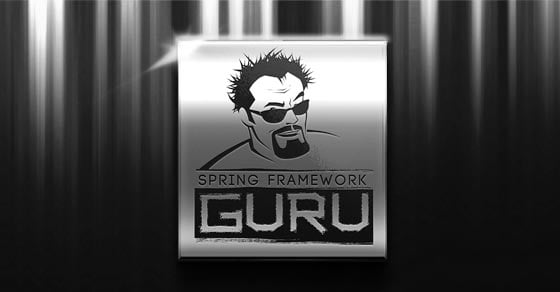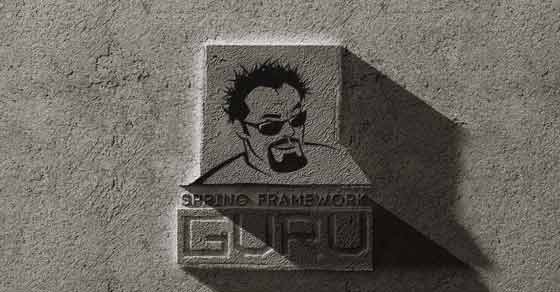The @RequestBody Annotation
Spring Web applications and services need to process client requests sent over HTTP. When the HTTP clients send data with the request, the data is in the request body. On the application side, you need a mechanism to deserialize data sent in the request body to domain objects. This is done using the @RequestBody annotation. […]Continue reading







